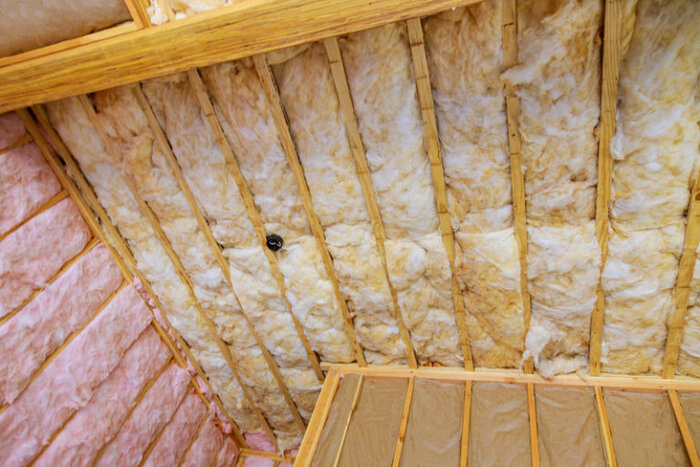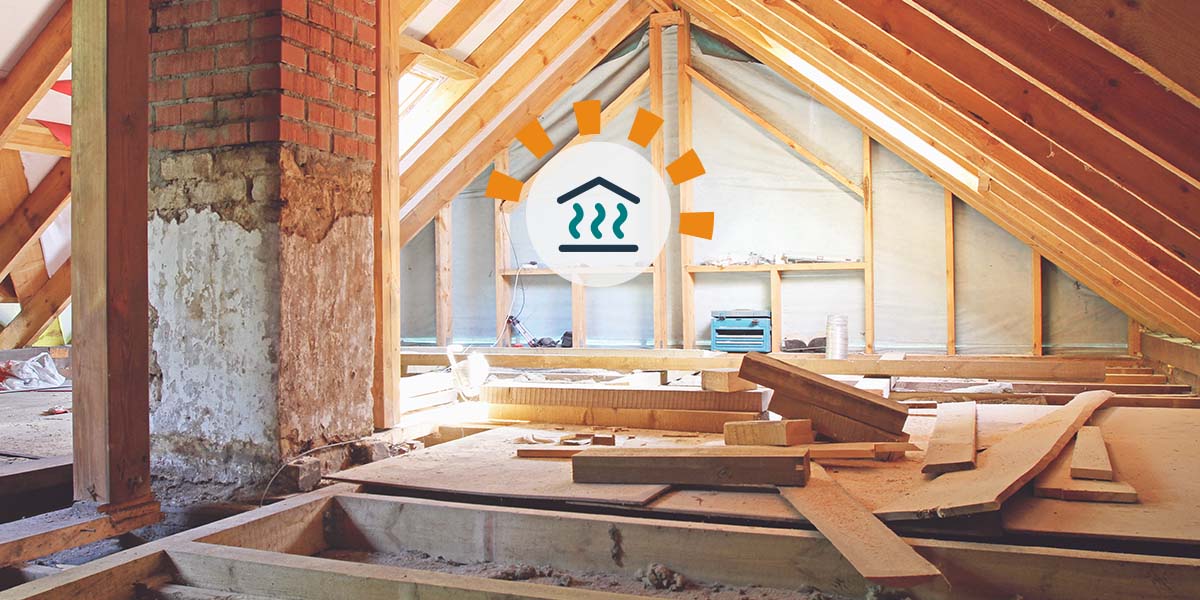Specialist Tips for Enhancing Your Home with Attic Insulation DFW
Specialist Tips for Enhancing Your Home with Attic Insulation DFW
Blog Article
Discover the Different Kinds Of Attic Insulation and Their Distinct Advantages for Your Home's Power Effectiveness

Fiberglass Insulation
Fiberglass insulation is just one of the most frequently used materials for attic room insulation as a result of its exceptional thermal efficiency and cost-effectiveness. Composed of small glass fibers, this product effectively traps air, developing an insulating barrier that aids maintain consistent indoor temperature levels. Its high R-value per inch makes it especially efficient at withstanding warmth transfer, which is vital for energy conservation in homes.
Setup of fiberglass insulation is fairly uncomplicated, frequently offered in batts or loose-fill kinds, suiting various attic room configurations. Furthermore, it is non-combustible and immune to moisture, decreasing the threat of mold and mildew growth. This resilience adds to its durability, making fiberglass a feasible lasting financial investment for homeowners.
Furthermore, fiberglass insulation is commonly produced from recycled products, which boosts its eco-friendliness. The product can also contribute to soundproofing, reducing noise transfer between rooms. While it is vital to wear protective gear throughout installment to stay clear of irritability from the fibers, the general benefits of fiberglass insulation, including energy savings and ecological factors to consider, make it a preferred option for improving attic performance and advertising a comfy living setting.
Spray Foam Insulation
Spray foam insulation is a very efficient option for attic room insulation, recognized for its premium air sealing and thermal efficiency. This ingenious insulation product is made up of a mix of isocyanate and polyol resin, which, when incorporated, increases quickly to fill gaps and dental caries in the attic space. Its capacity to comply with various surface areas makes sure a constant barrier versus air leaks, significantly reducing warmth loss during cooler months and warm gain during warmer periods.
One of the vital advantages of spray foam insulation is its high R-value per inch, which implies it provides superb thermal resistance in a fairly thin application. This is especially beneficial in attic rooms where space is often restricted. Additionally, spray foam can aid reduce dampness accumulation, lowering the danger of mold and mold growth, which can be damaging to both the structure and indoor air top quality.
While the preliminary price of spray foam insulation may be greater than traditional choices, its lasting energy financial savings, paired with increased comfort and boosted home worth, make it a rewarding investment for homeowners seeking boosted energy effectiveness. Attic Insulation DFW. On the whole, spray foam insulation stands apart as a reliable solution for maximizing attic insulation
Cellulose Insulation

Cellulose insulation is a popular selection for attic room insulation, primarily made up of recycled paper products treated with fire resistants. This eco-friendly alternative is understood for its outstanding thermal efficiency, successfully decreasing heat transfer in both summer season and winter months. The thick structure of cellulose allows it to load spaces and voids in attic rooms, providing a smooth barrier against air leakages.
One of the significant benefits of cellulose insulation is its capacity navigate to this website to withstand mold and mildew and bugs, owing to the fire resistant treatments made use of during production. Additionally, it flaunts a high R-value per inch, which converts into premium energy effectiveness. Property owners can anticipate reduced heating & cooling prices as an outcome of enhanced insulation.
Installment is usually completed through blowing loose cellulose into the preferred location, enabling a quick and effective process. This method likewise decreases disruption to the existing structure. Moreover, cellulose insulation has a reasonably low environmental effect, as its production procedure makes use of recycled products, adding to lasting building practices.
Rock Wool Insulation
Among the various options for attic insulation, rock wool, also referred to as mineral wool, attracts attention as a result of its impressive thermal and acoustic performance. Made from natural or recycled products, rock woollen is developed by thawing rock and rotating it right into fibers, leading to an item that uses exceptional insulation properties.
One of the significant benefits of rock woollen insulation is its high R-value, which suggests its effectiveness in resisting heat flow. This particular not just boosts power performance yet additionally adds to preserving a comfortable indoor temperature year-round. Additionally, rock woollen is naturally fire-resistant, making it a safer option for homes as it can hold up against heats without melting or launching harmful fumes.
Furthermore, rock woollen insulation masters soundproofing capabilities, effectively lowering noise transmission between areas and from outside sources. This makes it an ideal selection for house owners seeking a tranquil living environment. In addition, rock wool is moisture-resistant, helping to prevent mold and mildew growth and maintaining the architectural integrity of the attic room click here for more info space. In general, rock wool insulation supplies an extensive service for improving power efficiency, security, and comfort in household settings.
Radiant Barrier Insulation
Glowing obstacle insulation acts as an effective service for lessening warmth transfer in attics, especially in warmer environments. This kind of insulation jobs by reflecting convected heat away from living areas, therefore minimizing the quantity of heat that enters a home during heat - Attic Insulation DFW. Typically composed of an extremely reflective material, such as aluminum foil, radiant barriers are set up in attic rooms, dealing with the roof covering, where they can obstruct inbound heat from the sun
The key advantage of radiant barrier insulation is its capacity to lower cooling expenses. By reflecting warm rather than absorbing it, radiant barriers can assist keep a more stable indoor temperature level, reducing the workload on air conditioning systems. This efficiency equates into lower power expenses and increased convenience for property owners.
In addition to energy cost savings, radiant barriers can additionally add to enhanced indoor air quality. By reducing heat build-up, they aid lessen moisture degrees, which can protect against mold development and boost total air blood circulation. When installed properly, glowing obstacle insulation can be a very useful addition to any energy-efficient home, making it a worthy consideration for house owners aiming to boost their attic insulation strategy.
Conclusion
In verdict, understanding the different kinds of attic room insulation-- fiberglass, spray foam, cellulose, rock wool, and radiant obstacles-- enables house owners to make enlightened decisions concerning power performance. By selecting the suitable insulation product, substantial reductions in power costs can be accomplished, along with enhancements in interior convenience.

In conclusion, recognizing the different kinds of attic room insulation-- fiberglass, spray foam, cellulose, rock wool, and glowing barriers-- makes it possible for property owners to make informed choices concerning power performance.
Report this page